
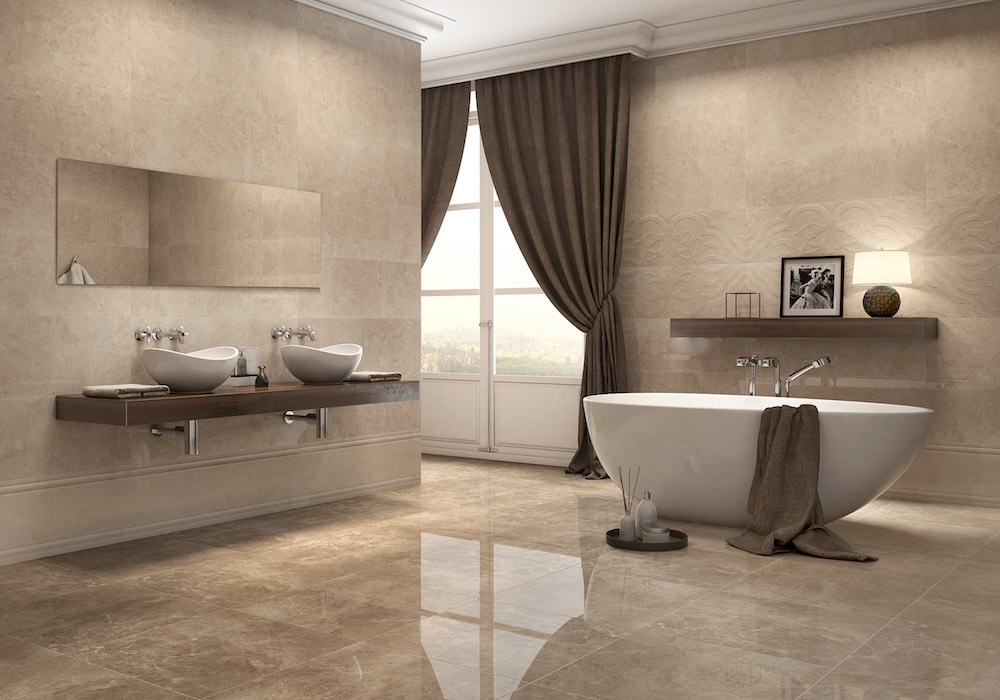
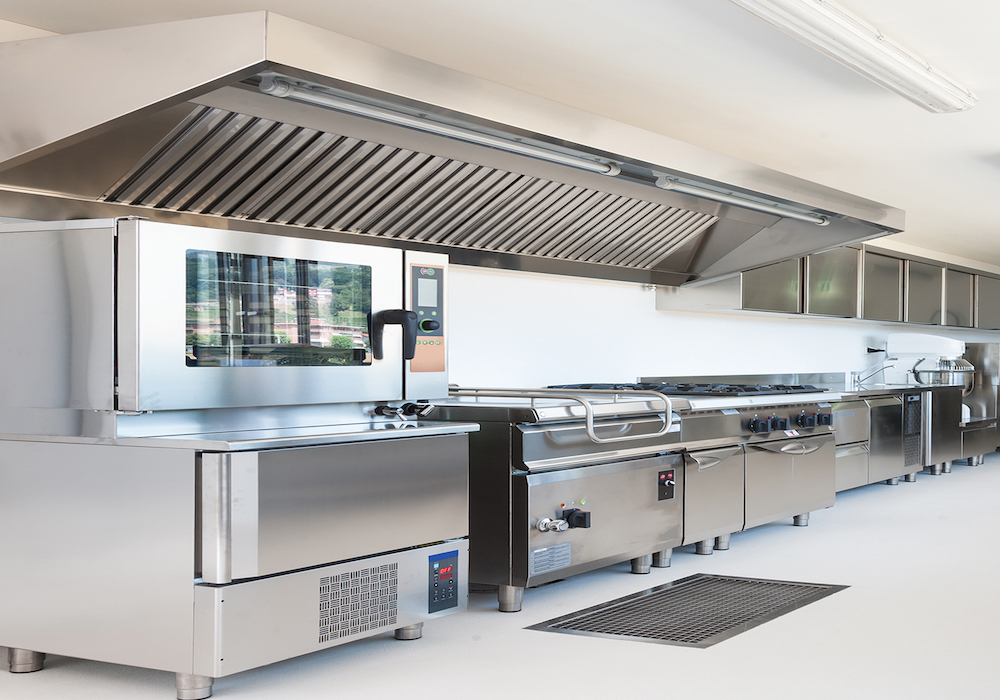
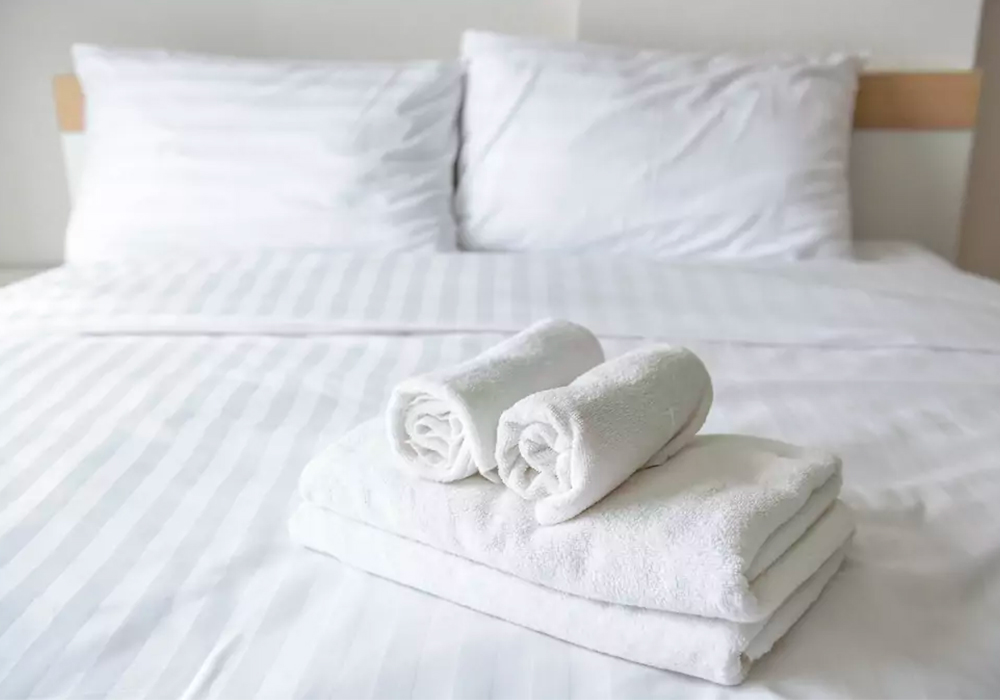
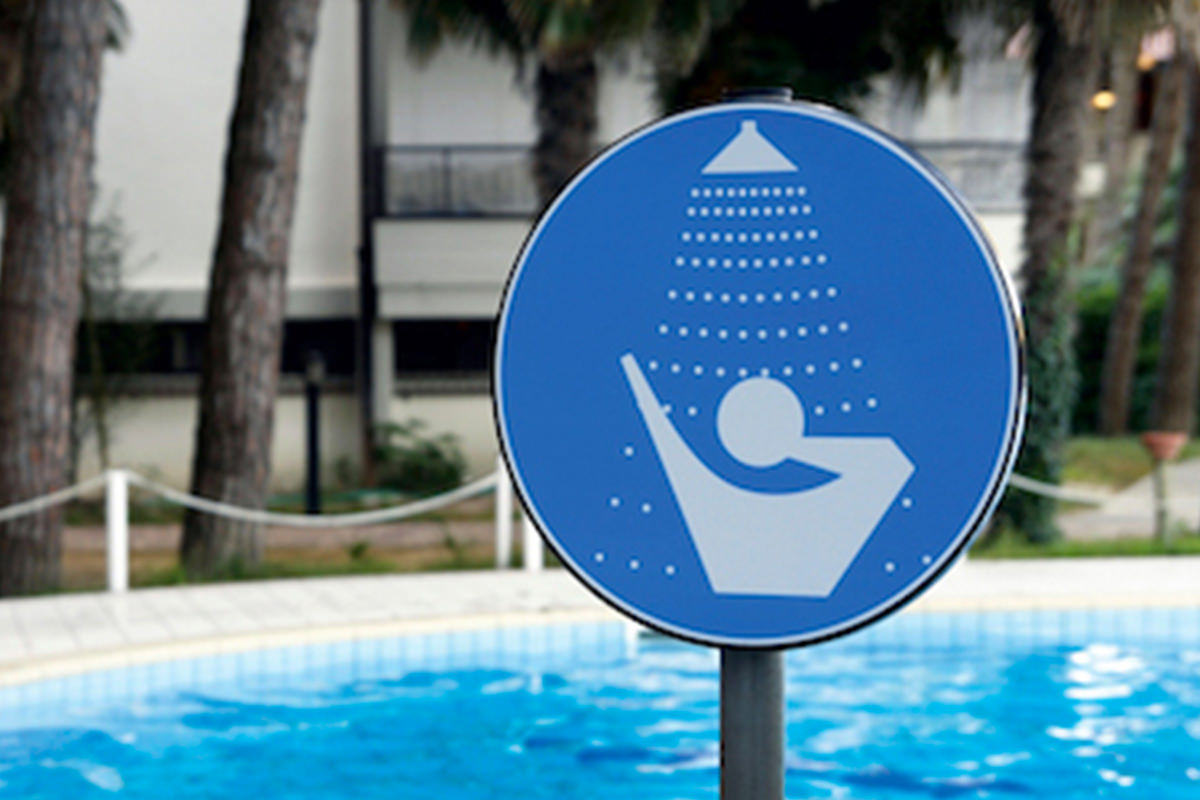
Swimming pools are used for entertainment, sports and health-related activities by people of all ages and accommodate a large amount of water masses. In recent years, the number of hotels in the tourism sector in Turkey, sports complexes and large housing projects have increased which also affects the number of swimming pools. In Turkey, there is approximately 400-450 thousand pools and it is estimated that the number increases by 10,000 every year.
In order to ensure the visually clean, clear and aesthetic appearance of water in all recreational water bodies such as indoor and outdoor pools, aqua parks, Jacuzzi, thermal pools etc and to protect the users against some health risks, hygiene should be ensured by continuous physical and chemical maintenance. Failure to comply with hygiene procedures in pools may cause serious health risks for people.
Every year, dozens of people get sick due to the pool water they enter to cool off. These risks, defined as Recreational Water Diseases or Pool Water (HCC) health risks, can be described in summary as follows:
Organic-inorganic pollutants and bacteria-fungus-virus which are pathogenic microorganisms that cause diseases in the pool water, derive from the environment, atmosphere and the swimmers. In order to prevent contamination with pathogenic microorganisms, disinfection of water should be ensured by disinfectants approved by Ministry of Health and chemical balance should be controlled.
There are several standards and regulations that determine the physical and chemical processes that must be done to ensure the hygiene of pools and pond water.
*One of the most comprehensive of these regulations is the Guidelines for Safe Recreational Water Environments, Volumes 2 that is published by WHO (World Health Organization) in 2006.
Another comprehensive regulation that ensures that the pools are healthy and safe is the MAHC (The Model Aquatic Health Code), which was prepared in the US by CDC (Center for Disease Control) in August 2014.
The Ministry of Health in Turkey issued the “Regulation on the Principles and Conditions of Swimming Pool”on 06.03.2011 which determines the regulations the commercially active swimming pools should comply with. In all commercial enterprises, it is obligatory to have technical personnel who are responsible for the maintenance of the pools and who have been trained and certified.
It is very important to ensure that the ponds where a large number of people are swimming are properly maintained to prevent exposure to physical, chemical and microbiological risks and hazards and to ensure the chemical balance and disinfection of pond water.
Although the regulations cover only pools for commercial and general use, the established standards are standards that must be adhered to in all pools to protect the health of pool users.
Whether the swimming pools are healthy or not, are controlled by chemical and microbiological analyses and above all physical tests, and can be perceived by our senses. The following conditions must be met by physical and chemical processes:
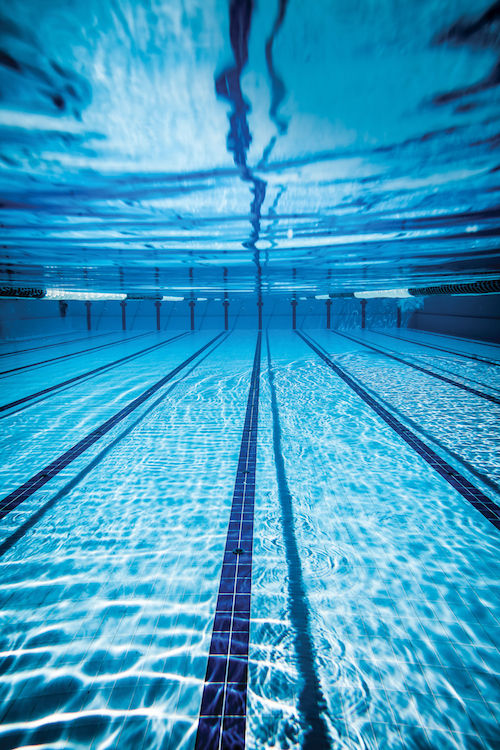
According to the regulation of the Ministry of Health,the most important physical and chemical parameters that should be ensured by checking every day are as follows:
In addition, the chemical and microbiological quality of the water should be kept under constant control with microbiological analyzes conducted regularly with less frequent chemical analyzes.
The physical and technical characteristics of the pool, such as filtration and water circulation capacity as well as correct chemical conditioning, are very important in providing the desired parameters. Circulation (carryover) pumps must have the capacity to ensure the pool water circulates 4-6 times a day. Children’s pools and Jacuzzi pools should be circulated every 1-2 hours and the water should change every day.
Although an effective chemical treatment, disinfection, filtration and circulation is provided in the pool, certain amounts of fresh water should be provided to the pool to minimize the accumulation of chemical and microbial contaminants. Even if some fresh water enters instead of the water ejected by the filter, it is not enough. Every day, “swimmer number x 30” litre of fresh water input is required to keep the pool healthy and clean.
The most commonly used disinfectant in commercial ponds is active chlorine. Liquid chlorine and organic and inorganic powder chlorine are used as the source of active chlorine. Organic powder chlorides contain a stabilizer that prevents the rapid deterioration of the chlorine by the effect of UV rays and are used in outdoor pools.
Inorganic powder chlorine (calcium hypochlorite) and liquid chlorine (sodium hypochlorite) are the types of chlorine without stabilizer. In the outdoor ponds when chlorine with non-stabilizer is used, the active chlorine content in the water decreases very rapidly with the effect of the UV rays and temperature in the sun and the water must be very frequently metered, renewed. In addition, the pH of the liquid chlorine is very high, it is necessary to use a higher rate of pH lowering. When using stabilized chlorine, it is recommended to use stabilizers (cyanuric acid) at levels of 25-50 ppm.
The most important factor in the pollution of the pools is the pollution from the swimmers and their bodies. In order for the pools to be more secure in terms of health, those who enter the pool must abide by the following rules: